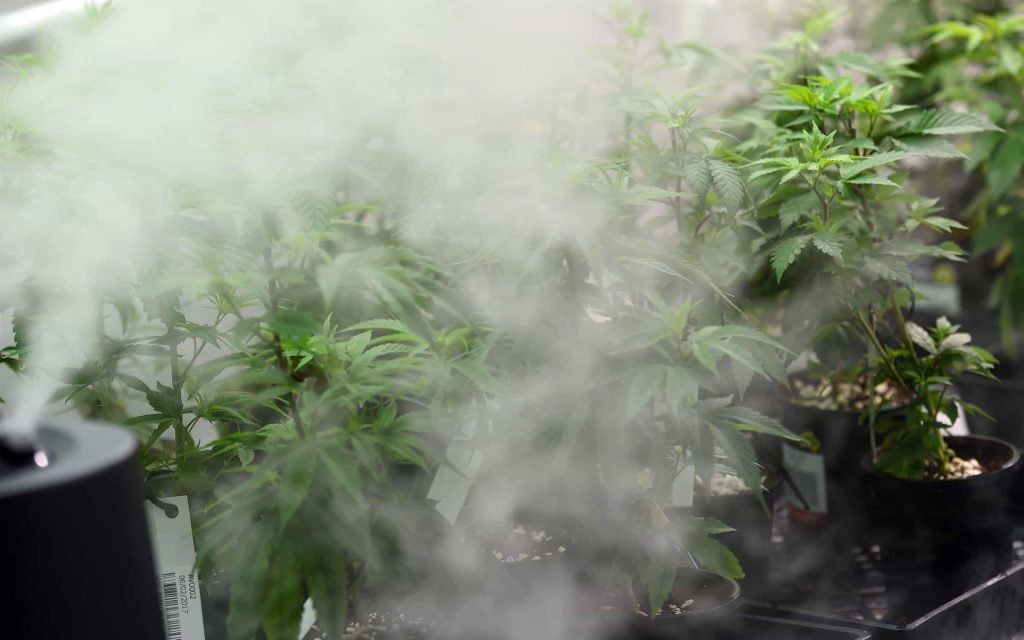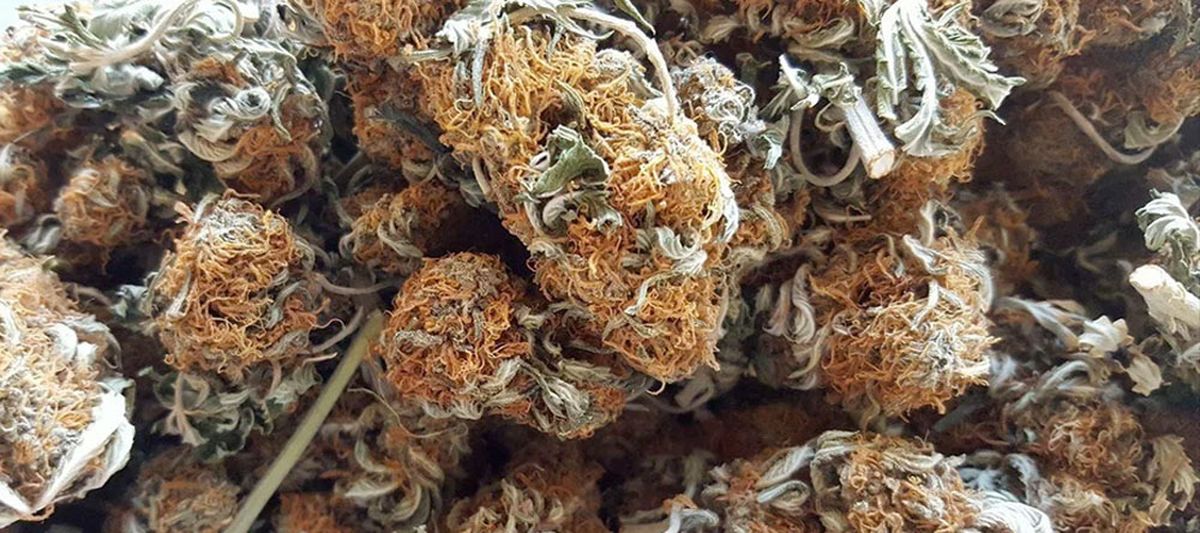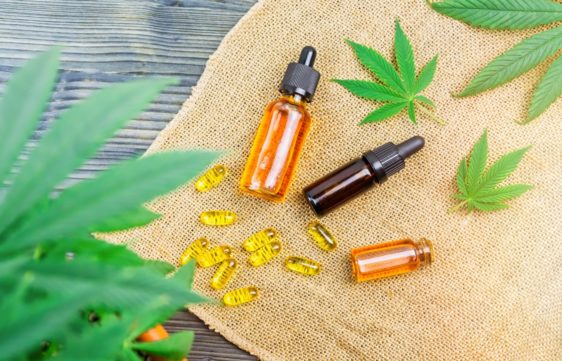If you needed another reason to avoid “legal” weed shops, how about learning what pesticides, herbicides, fungicides and synthetic growth hormones do to your health and how prevalent their use is in commercial cannabis cultivation.
What is PGR weed?
Whether you are a recreational or medicinal cannabis user, knowing how your cannabis is grown should matter to you. What chemicals are used in the growing process? What do these chemicals do to your body? Do these chemicals get flushed out properly before harvest?
PGR weed is cannabis that has been grown with Plant Growth Regulators. PGR’s are similar to synthetic growth hormones in that they affect the plants development, in other words, its like weed on steroids, affecting hormone production, bulking it up unnaturally to produce a higher yield in a short amount of time and interfering with natural cell growth. Of course, cheating mother nature has its downfalls. PGR grown weed often lacks a specific range of cannabinoids, terpenes or trichomes, that produce a great high or medicinal function.
PGR has been linked to worrying health problems such as hormonal, developmental, fertility issues, respiratory issues, skin issues, eye irritation, metabolism dysregulation, and even severe organ damage, especially the liver, your master detox organ. MSDS (Material Safety Data Sheet) sheets[1] are relatively good sources to assess potential toxicity of any chemical.
How To Spot PGR Weed?
PGR buds are generally bigger in size overall, often more rounded buds, and very dense. They sometimes also appear as overly fiery orange haired, have very little nose from the lack of terpenes. You can’t always tell PGR weed by looking at it though, there is no definitive way to confirm the use of PGR’s besides an expansive pesticide panel lab test.

What Are the PGR Chemicals Specifically?
If a cannabis grower used PGR’s they most likely used one of the following: Uniconazole, daminozide, chlormequat chloride, or paclobutrazol (PBZ) being the most commonly used.
PBZ is a not only a hormone altering compound, it’s also a herbicide and fungicide. PBZ specifically has been linked to hormonal, developmental[2][3][4], and liver issues[5][6]. While most studies have been done on animals, this research is still valid and pertinent to human toxicity.
PBZ has also been linked to severe depletion of soil based microbial organisms[7]. PBZ accumulates and remains active in the soil for a long time, harming future crops.
Daminozide marketed under the tradename Alar is listed as carcinogenic (Cancer Classification: Group B2 Probable Human Carcinogen)[8], a neurotoxin and hepatotoxin, need we say more? However, it is still widely used in cannabis cultivation. Listed as a plant growth regulator and herbicide, this wonder of a chemical is used to cut off the growth to the cannabis leaves and stems and direct its energy to the bud structure.
Daminozide was removed from food use in 1989 by the EPA due to pressure from an environmental organization NRDC (Natural Resources Defense Council), and a CBS 60 minutes segment on toxic pesticides that highlighted its use in apple production, and these toxic pesticides effects on our children’s health[9].
Similar to PBZ, Chlormequat chloride is linked to developmental[10][11] and hormone related issues. Several studies also show neurotoxicity. Chlormequat is much less studied than the above chemicals hence painting a less harmful picture. Initial studies indicate lower toxicity, however there just isn’t enough data to indicate this chemical as safe or dangerous to human health. Chlormequat works in the same way as PBZ in that it retards the growth pathways to the stems and leaves directing growth to its flowers or buds.
How Can I Avoid PGR’s?
Well, the bad news is, if you’re buying from “legal” dispensaries, there’s a pretty good chance you’re getting a good dose of these lovely synthetic chemicals which each puff of that joint. We hope the industry shifts to a clean as possible end product, however, big cannabis is just not interested in clean cannabis. Profits are their main priority, and bigger yields lead to bigger profits. We are not holding our breath that they’ll be switching to more natural organic methods of cannabis cultivation.
The only sure way to know you aren’t getting these toxic synthetic chemicals in your body is to know your farmer. Buy from small, organic, living soil cannabis cultivators that are transparent about their growing practices, and that use only natural and organic methods of production.
Kannabis Kulture works with a small Vancouver Island grower Lucy Diamond Organics to bring you the cleanest medicinal grade cannabis available on the Canadian market. Sample a selection of our premium organic weed and feel the difference with each inhale.
References:
-
https://link.springer.com/article/10.1007/s00128-012-0775-8 ↑
-
https://www.sciencedirect.com/science/article/abs/pii/S0929139302001105
https://www.scielo.br/j/pab/a/JmZwjGGR6TqHZVRkFZBhRkv/abstract/?lang=en
https://www.scielo.br/j/pab/a/JmZwjGGR6TqHZVRkFZBhRkv/?lang=pt
-
https://pubchem.ncbi.nlm.nih.gov/compound/Daminozide#section=Toxicity ↑
-
https://www.nrdc.org/stories/all-about-alar
https://www.nrdc.org/sites/default/files/hea_11052401a.pdf ↑




